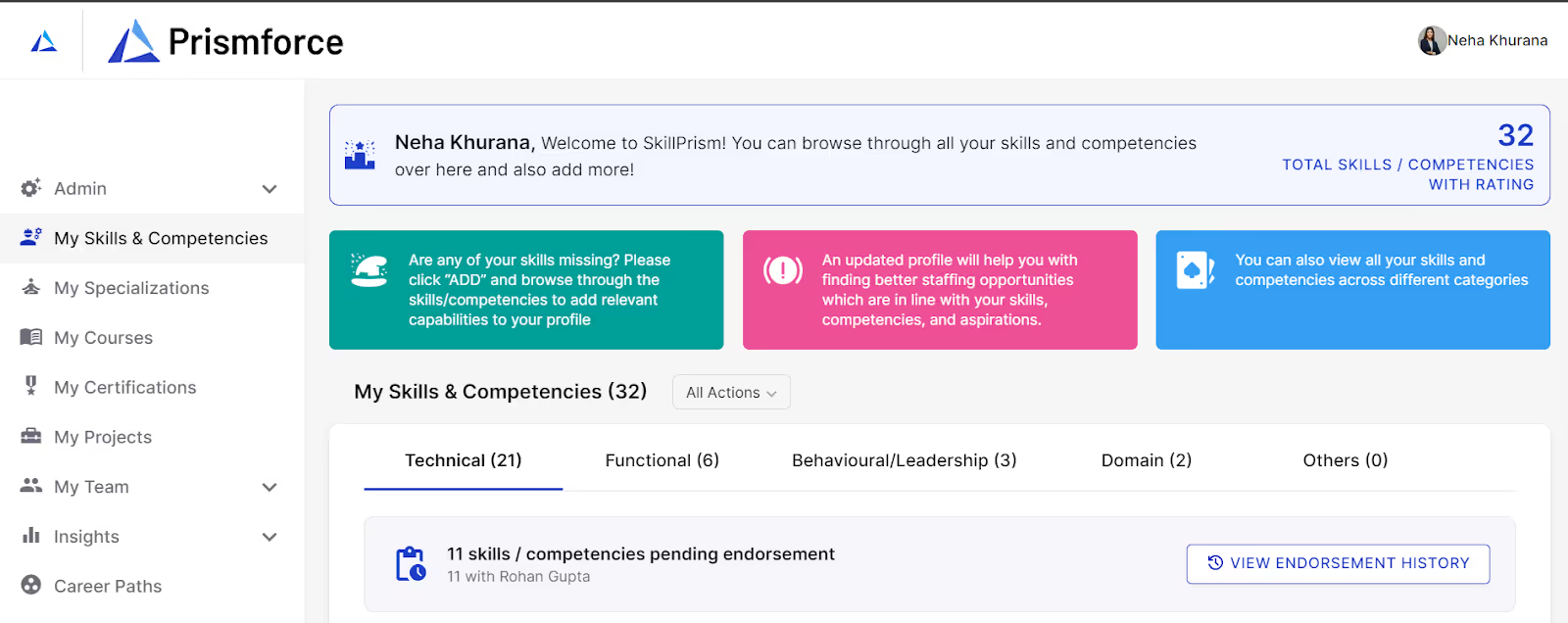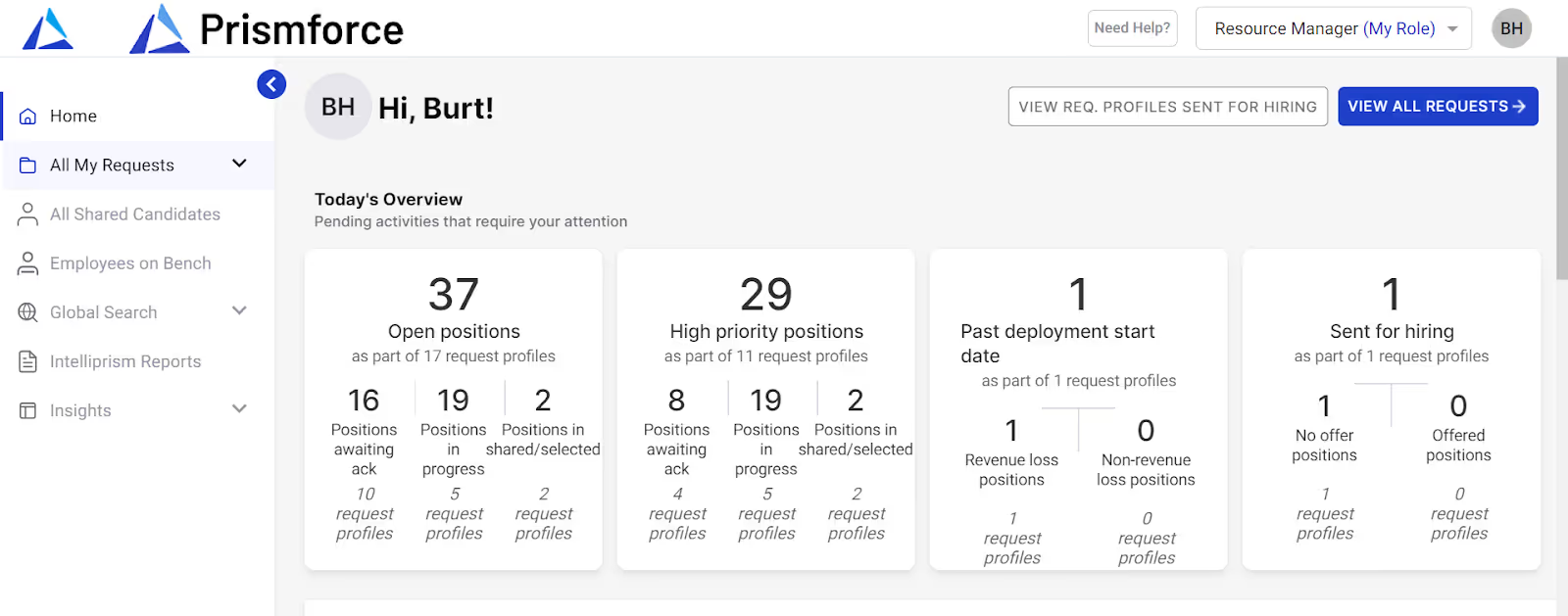
Resource management is the backbone of any successful project — bringing together the right people, budget, and timeline to make things happen. However, without a solid plan, it's like trying to cross the ocean in a kayak – a recipe for disaster, leaving projects unfinished and teams overwhelmed. According to the Project Management Institute (PMI), 20% of projects fail due to inadequate resource forecasting.
Getting good at resource management is like turning a roadblock into a smooth highway. It involves understanding your team's strengths, utilizing their time effectively, and ensuring everyone has the necessary tools to excel. When done right, projects don't merely succeed, they thrive. You achieve remarkable results, and your team feels fulfilled and motivated. This comprehensive guide will unravel the intricacies of resource management, providing you with a roadmap to navigate the challenges.
What is Resource Management?
Resource management is the strategic process of planning, allocating, scheduling, and optimizing the utilization of an organization's resources, including human capital, financial resources, physical assets, and technology. It involves aligning resources with business objectives to maximize efficiency, productivity, and profitability.
At its core, effective resource management aims to ensure that the right resources are available at the right time and in the right place, enabling organizations to deliver projects on time, within budget, and with high quality. By mastering this critical discipline, you can unlock the potential of your workforce, streamline operations, and gain a competitive edge.
Why Resource Management Matters Now More Than Ever
Resource management has become a strategic imperative for organizations across industries. Several factors have contributed to its heightened importance:
- Globalization and Distributed Workforces: With the rise of remote work and global teams, managing resources across geographical boundaries has become increasingly complex. Effective resource management ensures seamless collaboration and optimal utilization of diverse talent pools.
- Technological Advancements: The advent of cutting-edge technologies, such as artificial intelligence, automation, and cloud computing, has transformed the way resources are managed. Organizations must adapt to these innovations to remain competitive and capitalize on the opportunities they present.
- Changing Workforce Dynamics: The workforce is evolving, with a greater emphasis on flexibility, work-life balance, and employee engagement. Resource management plays a pivotal role in addressing these shifting dynamics, ensuring optimal allocation and utilization of human capital while fostering a positive work environment.
Understanding the Core Components of Resource Management
Effective resource management encompasses several interconnected components that work together to ensure optimal resource utilization and alignment with organizational goals. Let's explore these core components in detail:
1. Resource Planning
Resource planning is the foundation of effective resource management. It involves forecasting future resource needs based on strategic objectives, project pipelines, and operational requirements. By anticipating resource demands, organizations can proactively acquire and develop the necessary resources, ensuring they have the right capabilities and capacities in place when needed.
Key aspects of resource planning include:
- Demand forecasting: Analyzing historical data, market trends, and future projects to estimate resource requirements.
- Capacity planning: Assessing the organization's existing resource capacity and identifying gaps or surpluses.
- Skill mapping: Identifying and mapping the skills and competencies of the workforce to align resources with project requirements.
2. Resource Allocation
Resource allocation is the process of assigning the right resources to the right tasks or projects based on their skills, availability, and project requirements. Effective resource allocation ensures that projects are staffed with the most suitable resources, optimizing productivity and minimizing resource conflicts.
Key considerations in resource allocation include:
- Skill and competency matching: Aligning resource skills and expertise with project requirements.
- Availability and workload balancing: Ensuring resources are not over-allocated or under-utilized.
- Prioritization: Allocating resources based on project criticality, deadlines, and strategic importance.
3. Resource Scheduling
Resource scheduling involves creating and managing schedules for resource utilization, ensuring that resources are assigned to tasks and projects at the appropriate times. Effective scheduling is crucial for meeting project deadlines, minimizing resource conflicts, and maximizing resource utilization.
Key aspects of resource scheduling include:
- Task and project scheduling: Developing timelines and schedules for tasks and projects based on resource availability and dependencies.
- Resource leveling: Balancing resource workloads to avoid over-allocation or under-utilization.
- Schedule optimization: Identifying and resolving scheduling conflicts, and adjusting schedules for optimal resource utilization.
4. Resource Tracking and Monitoring
Resource tracking and monitoring involve continuously monitoring resource utilization, performance, and progress against established plans and schedules. This component is essential for identifying and addressing potential issues, enabling course corrections, and ensuring project success.
Key aspects of resource tracking and monitoring include:
- Time and effort tracking: Capturing and analyzing resource time and effort data for accurate billing, forecasting, and performance evaluation.
- Performance monitoring: Assessing resource performance against established metrics and key performance indicators (KPIs).
- Reporting and analytics: Generating reports and leveraging data analytics to gain insights into resource utilization, productivity, and project progress.
Resource Management Mistakes to Avoid
While effective resource management can propel your organization to new heights, failing to address critical aspects can lead to costly consequences. Here are some deadly mistakes to avoid:
- Lack of Visibility: Operating without a clear understanding of resource availability, skills, and workloads can result in over-allocation, under-utilization, and missed project deadlines.
- Siloed Resource Management: Failing to coordinate resource management across departments or projects can lead to resource conflicts, inefficiencies, and duplication of efforts.
- Inadequate Forecasting: Inaccurate demand forecasting can result in either a shortage or surplus of resources, impacting project timelines and budgets.
- Neglecting Resource Development: Failing to invest in upskilling and reskilling initiatives can lead to skill gaps, hindering your organization's ability to adapt to changing market demands.
- Ignoring Resource Utilization Data: Neglecting to track and analyze resource utilization data can prevent you from identifying areas for improvement and optimizing resource allocation.
- Resistance to Change: Clinging to outdated resource management practices and failing to embrace new technologies and methodologies can hinder your organization's ability to remain competitive.
By recognizing and addressing these pitfalls, you can avoid the detrimental impacts on project success, resource utilization, and organizational performance.
Resource Management Best Practices for a Modern Workforce
Embracing best practices in resource management is essential for staying ahead of the curve. Here are some key strategies to consider:
- Embrace Hybrid Methodologies:
Adopt hybrid methodologies, such as a combination of predictive and agile components, to enhance flexibility, collaboration, and responsiveness in resource management. In fact, according to PMI, 37% of project managers use a combination of predictive and agile components throughout the project lifecycle. - Leverage Advanced Technologies:
Implement resource management software like Prismforce to streamline processes, optimize resource allocation, and gain valuable insights. - Foster a Culture of Continuous Improvement:
Encourage a mindset of continuous learning and improvement within your organization, empowering your workforce to identify and implement resource management optimizations. - Prioritize Workforce Engagement and Well-being:
Promote work-life balance, provide opportunities for professional development, and foster a positive work environment to attract and retain top talent. - Collaborate and Communicate Effectively:
Encourage cross-functional collaboration and open communication to break down silos, align resource management efforts, and foster a shared understanding of organizational goals. - Measure and Analyze Key Metrics:
Establish and track key performance indicators (KPIs) related to resource utilization, productivity, and project success to identify areas for improvement and make data-driven decisions.
By adopting these best practices, you can future-proof your resource management strategies, enabling your organization to navigate the complexities of the modern workforce.
Unleash Your Workforce’s Potential with SKillPrism and IntelliPrism
Effective resource management is about more than just assigning tasks. It also involves strategic alignment, precise forecasting, and continuous optimization. It transforms potential roadblocks into seamless operations, ensuring projects are completed on time and within budget. As projects become increasingly complex, mastering resource management is crucial for maintaining a competitive edge and driving organizational success.

A key aspect of effective resource management is maintaining a comprehensive and dynamic skills database. In a recent survey, the Resource Management Institute found that 60% of respondents said their current skills database doesn’t effectively support their business needs. This highlights the critical need for precise talent allocation and strategic workforce planning. SkillsPrism addresses this need by providing a robust and detailed skills database, ensuring your organization is always prepared to meet its talent requirements.

Additionally, effective resource planning is vital for every business. A well-managed talent supply chain ensures that the right people are available for the right projects at the right time. IntelliPrism is a powerful resource management platform that seamlessly captures and analyzes talent demands to ensure accurate forecasting. Its AI-led allocation algorithms, configurable workflows, and comprehensive search and match capabilities enhance workforce planning and operational efficiency.





